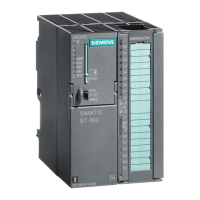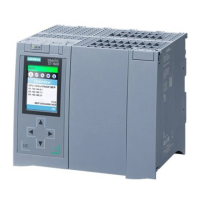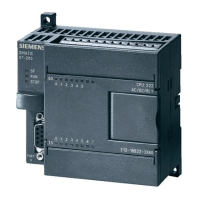Glossary
Fail-safe signal modules
Installation and Operating Manual, 01/2010, A5E00085586-10
341
Response time
Denotes the interval between the detection of an input signal and the change of its
associated output signal.
The actual response time lies between a minimum and maximum response time. Allowances
must be made in the system configuration for the longest expected response time.
For fail-safe inputs: The response time represents the interval between a signal change at
the input and the reliable availability of the → safety message frame on the backplane bus.
For fail-safe digital outputs: The response time represents the interval between an incoming
safety message frame from the backplane bus and the signal change at the digital output.
For fail-safe analog inputs: The response time results from the number of channels/channel
pairs, the response time per channel/channel pair, the basic response time and, in the case
of SM 336; F-AI 6 x 0/4 ... 20 mA HART, also the configured smoothing.
Safe state
The existence of a safe state at all process variables forms the basic principle of the safety
concept in fail-safe systems. A "0" value represents the safe state at digital signal modules,
for example.
Safety function
Integrated mechanism of the → F-CPU and → F-I/O that enables operation in →
S7 Distributed Safety
or
S7 F/FH Systems
fail-safe systems.
To IEC 61508: Function implemented by means of a safety system for maintaining or
recovering the safe state of a system when specific faults are detected.
Safety Integrity Level
Safety level (Safety Integrity Level) SIL to IEC 61508 and prEN 50129: Higher safety
integrity levels result in more stringent measures to be taken in terms of the prevention and
handling of systematic errors and hardware failures.
The → fail-safe signal modules support Safety Integrity Level up to SIL 3 when operated in in
safety mode.
Safety message frame
In safety mode, data are transferred between an → F-CPU and a → fail-safe signal module in
a safety message frame.
Safety mode
Operating mode of → F-I/O which supports → safety-related communication using → safety
message frames. → ET 200S fail-safe modules are dedicated to operation in safety mode. →
S7-300 F-SMs (except F-AI 6 x 0/4 ... 20 mA HART) can be used in → standard mode or
safety mode.

